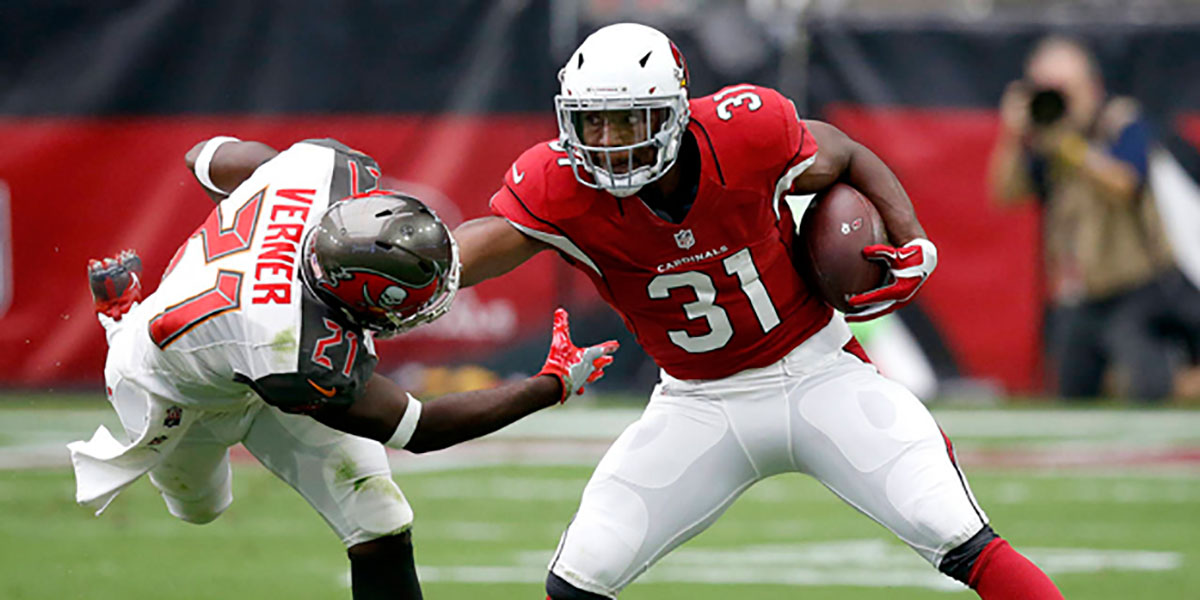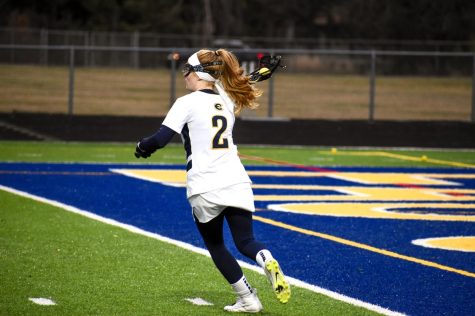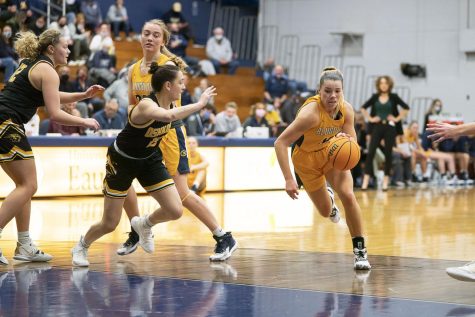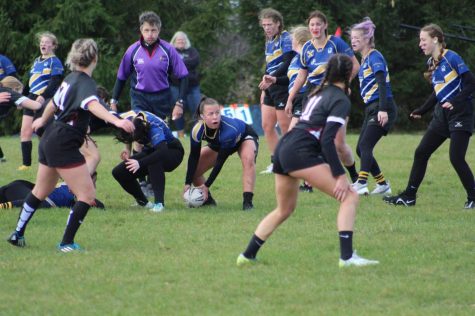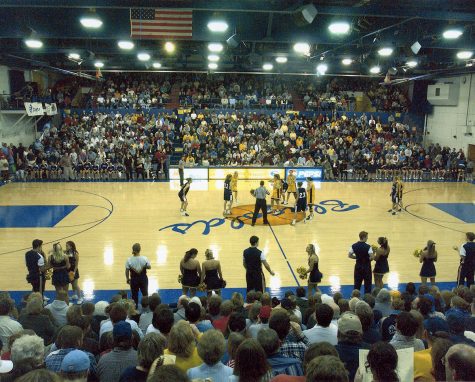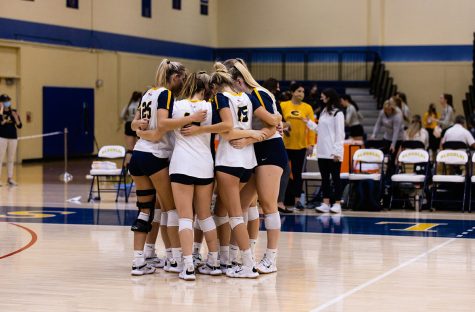The rise of fantasy football
This popular pastime has come a long way since its inception in 1962
More stories from Scott Procter
Photo by SUBMITTED
David Johnson, the top pick in many fantasy drafts this season, suffered a wrist injury in week one that will leave him sidelined for up to three months, a sight no fantasy owner wants to see.
The idea of being a football fan has changed. Many of the sport’s most devoted followers no longer just root for one specific team or tune into a single game at a time. Nowadays, NFL fans pay attention to the performance of certain players scattered all around the league in hopes of winning their own championship: a fantasy one.
There are now 33 million people playing fantasy football each year, according to Forbes, a number that has increased every year since its inception.
The idea was conceived in 1962 by Bill Winkenbach, a businessman and part-owner of the Oakland Raiders. Oakland Tribune sportswriter Scotty Stirling, Raiders’ public-relations director Bill Tunnell, and Winkenbach met in a New York hotel to create a set of rules. Here, the Greater Oakland Professional Pigskin Prognosticators League, or GOPPL, was born.
The following year, the first league began with eight teams and a draft took place in the basement of Winkenbach’s home. In true fantasy football fashion, the No. 1 overall pick, George Blanda, was a bust. The owner who selected him with the first-ever fantasy football pick, finished last in the league.
The game took off when Andrew Mousalimas, a bar manager and one of the original GOPPL owners (also the one who made the Blanda pick), opened up a new bar in Oakland a few years later and started another league there, according to Time.
It was there that Mousalimas altered the rules from the original league to make them more intricate, a style that current fantasy owners would be more familiar with. By 1974, Mousalimas had around 200 players involved, with an all-female division in place by 1980. The game continued to gain popularity primarily through word of mouth and various sports reporters.
Fast forward to 1997, CBS.com launched their first version of the game, free for anyone who wanted to play. As one could imagine, it was an instant hit and on the cusp of becoming the multi-billion dollar industry that it is today. Fantasy football became the inspiration for similar games among the other major sports. Fantasy analysts started to emerge and become popular on outlets like ESPN. By September of 2006, over 18 million people in the U.S. were playing fantasy football.
Zachary Zilm, a junior business student, said he has enjoyed playing fantasy football for five years.
“I like fantasy football because you’re basically controlling your own mini football team as if you’re the general manager of your own NFL team,” Zilm said.
Fantasy owners range from the average player, who makes an income of more than $75,000 and spends $500 a season on league-related costs, to an everyday college student battling with his buddies.
“What drew me to it is building your own team then being able to compete against your friends and of course, beating them every weekend,” Zilm said.
Fantasy football, since its birth, has been about bringing together friends over the common love of a game. Coupled with the aspect of true competition, there is no surprise the game has ascended to the level that it has.

